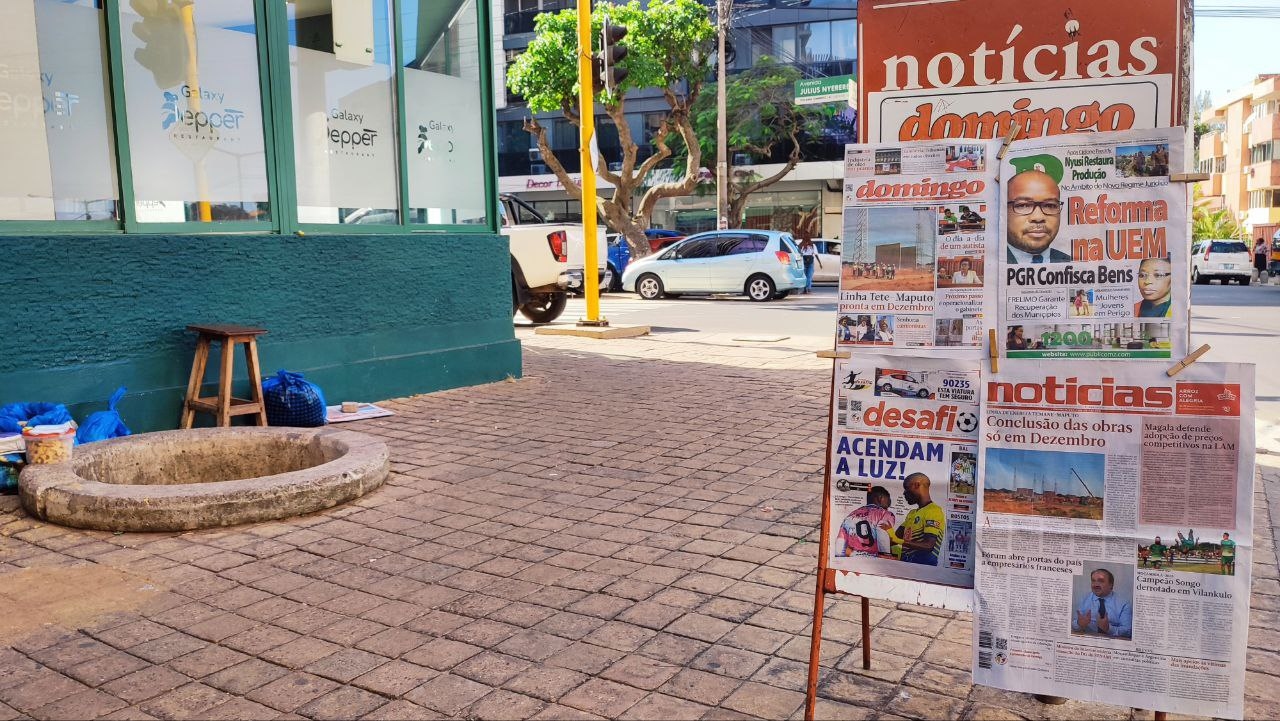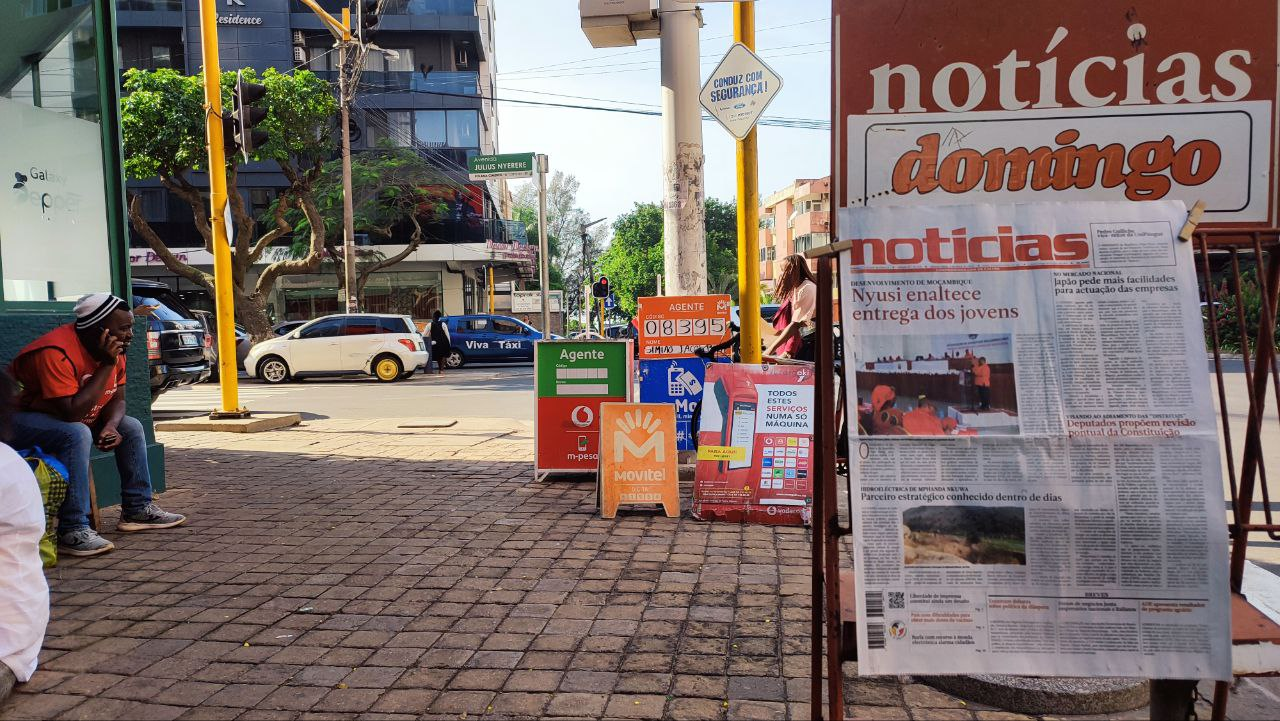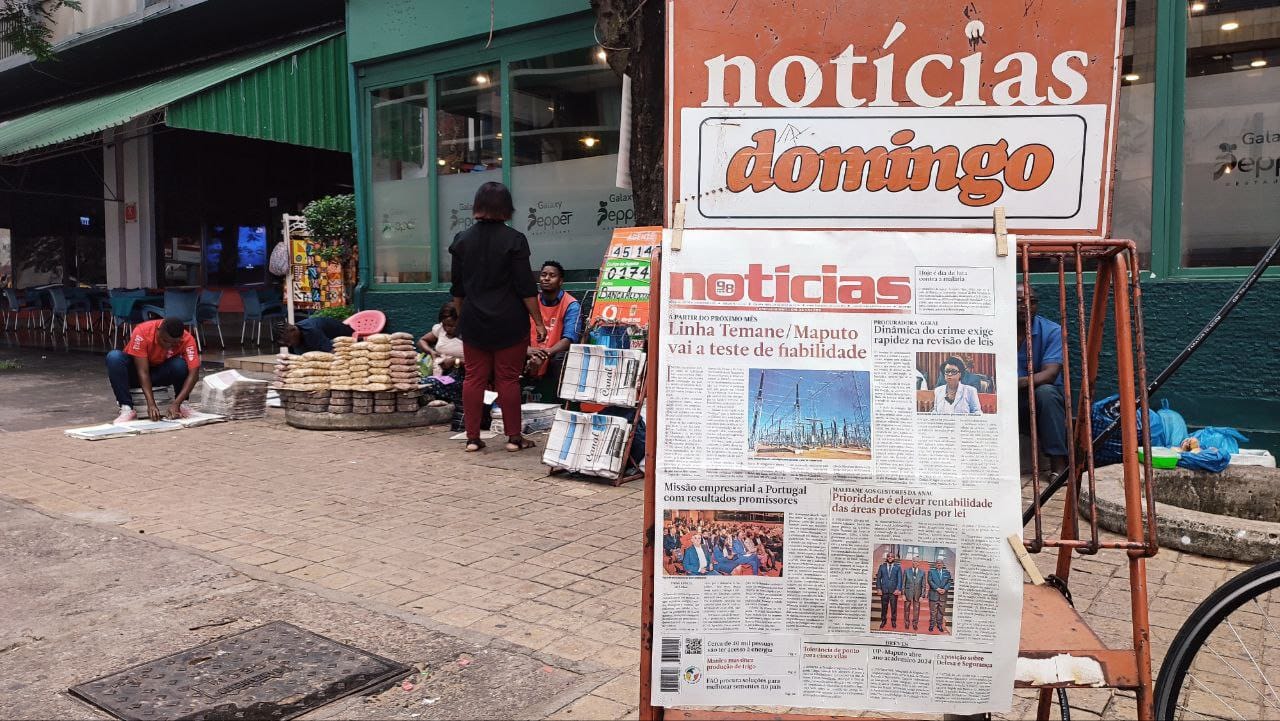Good afternoon. Mozambique’s 2023-24 agricultural campaign was launched at the weekend, with a challenge to grow production by 5.2% in dollar terms, a modest figure when compared with 14% in the previous harvest.
According to president Filipe Nyusi, who presided over the launch ceremony at a mechanised farm in Mapinhane, northern Inhambane, the previous campaign was valued at $6.14bn, a 14% growth when compared with the results of 2021/2022 — after Celso Correia’s Ministry for Agriculture and Rural Development (MADER) revised historical figures for Mozambique’s main crops, considering that they had been inflated by Correia’s predecessors.
Leader article continues below for Pro subscribers. Subscribers to the Zitamar News tier can read the full leader article here.
Most crops registered significant increases last year: cereals, 17%, legumes, 28%, beans 25% and root crops, 6%. The maize harvest, according to MADER figures, reached 2.8m tons while cassava registered 6.8m tonnes. Rice, a flagship crop with subsidised prices paid to producers, registered 226,000 tonnes, a long way short of the 700,000 tonnes that Mozambique consumes each year, with the balance supplied by Asian exporters.
Sustenta, a programme promoted by MADER to support rural farmers, helped 316,000 families while cotton reached 134,000 new families. No figures were released specifically for sesame, soybeans and pigeon peas which don’t feature in the consumption habits of Mozambicans, but which are providing very significant revenue for peasant farmers as they are sold for export.









